Introduction to Don Julian Pacamara Pacamara Information material of Don Hulian Manor in Panama
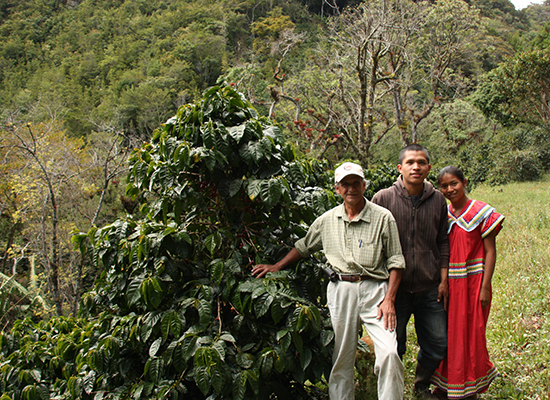
For professional baristas, please follow the coffee workshop (Wechat official account cafe_style)
Won the best Panamanian coffee award for the seventh year in a row!
Run by Hea Burnesky, a very talented Panamanian landowner, there are two kinds of raw beans, both of which have won numerous prizes in the best Panama competition under different names. one of them is Typica Hea, which won the bid two years ago, and the other is Pacamara of Donghulian Manor, which is also located in the Panamanian Bokui specialty area, 1650 meters above sea level, excellent regionally fertile volcanic soil and unique micro-climate. Coupled with excellent varieties and good cultivation techniques, give birth to the world's amazing flavor performance. It also won the first place in the best Panamanian competition tradition group this year. In recent years, the emerging delicious variety "Pacamara Pacamara", which has gradually emerged in the international cup testing competition, is actually a mixed-race variety cultivated in El Salvador in 1958. It inherits the huge and rich acid quality of elephant bean Maragogype and the aroma and sweetness of Bourbon variety Pacas Pacas, thus producing outstanding varieties with unique flavor, excellent acid quality, good sweet feeling and strong body shape.
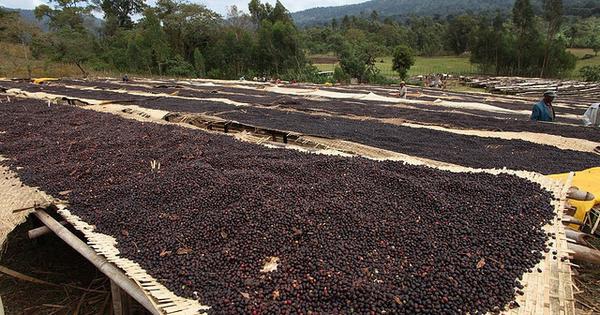
Don Julian Manor Panama Don Julian in Panama
Many years ago, most buyers in the boutique coffee industry shunned large-grain coffee such as Maragogype and Pacamara. Large-grain coffee grown in low and middle elevations usually showed less pleasant vegetable or woody flavors. At that time, most coffee farmers had not yet tried to grow in high altitude areas. It was not until Incht Manor won the championship of Cup of Excellence with Pacamara variety many times that boutique coffee lovers slowly realized that the original Pacamara produced at high altitude had such a rich and varied flavor.
When I visited Panama a few years ago, I happened to find the Pacamara variety just produced by Tang Hulian Manor. I was very impressed by the manor at that time, and exchanged a lot of information about the Pacamara variety with the owner Mrs Burneskis. At present, we have the following consensus on how to produce Pacamara with excellent flavor:
1. The elevation of the manor is 2. Strict fertilization control is particularly important for Pacamara varieties. Only the most ripe Pacamara fruits are harvested during the coffee harvest period, but not as long as there is a little immature color.
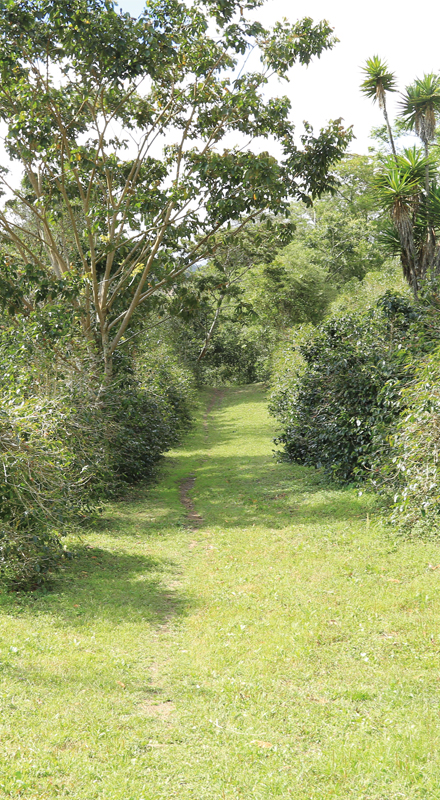
The time went back to around March 2013, when the coffee was harvested in the Boqui specialty area. At that time, I visited the manor with the owner and understood the whole operation process of the garden. As soon as I arrived at the manor, I could clearly feel the manor owner's attention to the ecological maintenance of the whole garden. A large number of original shading trees and many other native tree species were preserved in the manor. The owner of the manor explained that although the retention of many native tree species limits the annual output of the manor, it can improve the quality and flavor of the manor. Coffee trees need to be symbiotic with the surrounding environment. If you cut down these trees, although it can increase the yield, it will greatly harm the quality of coffee, so many conservation animals and plants can even be found in the manor. At the same time, we also talked to the manor owners about the care for local farmers, and this year, the manor owners officially began to build exclusive dormitories for farmers to provide them with better living quality and achieve the business philosophy of sustainable management by improving the quality of life of farmers.
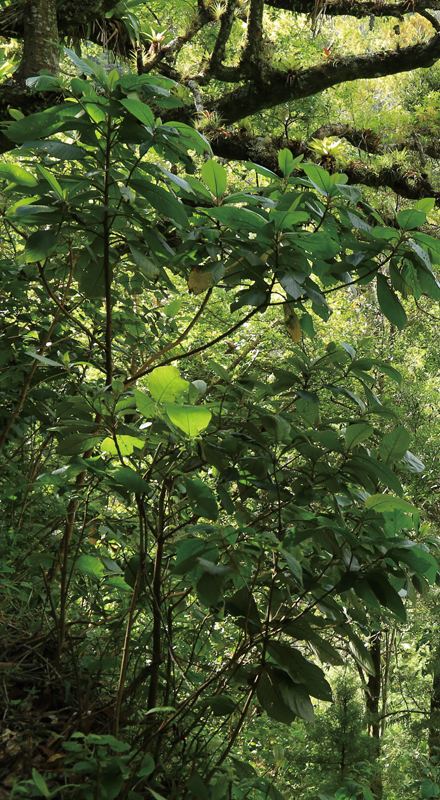
The advantages of Boquete producing area:
1. Boquete is located in the highest Baru volcano in Central America, and the manor is located at 1650m above sea level, which is almost the highest elevation for growing coffee in Panama.
2. Have fertile young volcanic soil.
3. Unique microclimate. The Boquete region can be divided into seven to ten different microclimate zones.
During the dry season, often referred to as Bajareque by locals, clouds from the Pacific are shrouded in so-called "horizontal precipitation" that keeps the area very humid and cold even in the dry season.
And in winter, that is, the harvest season, it will turn into a lot of rain. This microclimate requires coffee seedlings to start harvesting two to three years longer than in other regions, and coffee fruits mature about a month or so longer than in other regions, giving coffee trees and fruits more time to develop and tighter.
Dried fragrance: mango, apricot, honey, pear, peach, vanilla
Wet fragrance: sucrose, tropical fruit, caramel, green apple, longan nectar
Sipping: creamy mellow thickness, rich floral, sucrose, cherry, honey aromas, supple citric acid, sweet taste, the overall flavor is perfectly balanced.
36 aromas of coffee:
Panama _ Don Julian Manor _ Pacamara _ washing
Coffee bean producing area Boquete
The manor was founded in Number A.
The size of the manor is 12.5 hectares.
Planting area 5.5 hectares
The annual rainfall is about 3700 mm
The average annual temperature is 17 ℃
Plant about 1650 meters above sea level
Coffee variety Pacamara
Grading standard SHB
Soil type volcanic soil
Coffee treatment and washing method
Manual harvesting by harvest method
Award-winning record 2014 traditional washing group NO.1
2014 NO.1 in traditional solarization group
First place in the 2013 Best Panamanian Competition traditional Group
The second place in the traditional category of the 2012 Best Panamanian Competition
The sixth place in the 2011 Best Panama Competition
The eighth place in the 2010 Best Panama Competition
The third place in the 2009 Best Panama Competition
Fifth place in 2008 Best Panama Competition
Important Notice :
前街咖啡 FrontStreet Coffee has moved to new addredd:
FrontStreet Coffee Address: 315,Donghua East Road,GuangZhou
Tel:020 38364473
- Prev
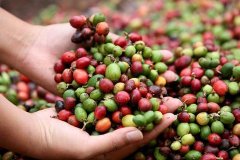
The Lamastus Family and El Burro Estate
2017 Best Panama B.O.P Traditional Group Sunlight 4th place Elida and El Burro, both estates belonging to the Lamastus family, won a total of 6 awards in 2015 B.O.P in four categories, the most awarded family. Boquete is located in the mountainous highlands of the western Chiriqui province of Panama, near the Costa Rican border.
- Next
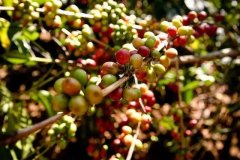
Finca La Valentina, the boutique miniature manor of Panama, which has been shortlisted for BOP dozens of times.
For the exchange of professional baristas, please pay attention to the Coffee Workshop (Wechat official account cafe_style) A boutique micro-manor that has been shortlisted for dozens of times in B.O.P. Valentine Manor occupies an area of about 12.5ha. It is a miniature small estate in Panama, of which 8.5ha, with varieties ranging from typica, RedCatuai and Pacamara, 2008.
Related
- Does Rose Summer choose Blue, Green or Red? Detailed explanation of Rose Summer Coffee plots and Classification in Panamanian Jade Manor
- What is the difference between the origin, producing area, processing plant, cooperative and manor of coffee beans?
- How fine does the espresso powder fit? how to grind the espresso?
- Sca coffee roasting degree color card coffee roasting degree 8 roasting color values what do you mean?
- The practice of lattes: how to make lattes at home
- Introduction to Indonesian Fine Coffee beans-- Java Coffee producing area of Indonesian Arabica Coffee
- How much will the flavor of light and medium roasted rose summer be expressed? What baking level is rose summer suitable for?
- Introduction to the characteristics of washing, sun-drying or wet-planing coffee commonly used in Mantenin, Indonesia
- Price characteristics of Arabica Coffee Bean Starbucks introduction to Manning Coffee Bean Taste producing area Variety Manor
- What is the authentic Yega flavor? What are the flavor characteristics of the really excellent Yejasuffi coffee beans?

